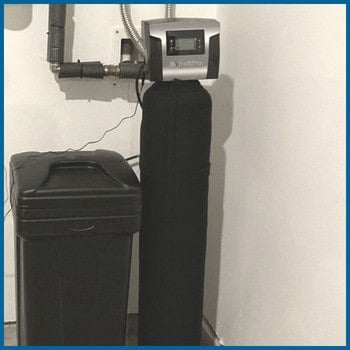A Guide to Hiring an Experienced ADU Builder in Los Angeles to Maximize Your Property
What is an ADU?
An Accessory Dwelling Unit is a secondary housing structure built on a residential property, which can be either detached from or attached to the main home. Common types include detached backyard units, converted garages, and even basement apartments. In Los Angeles, ADUs present homeowners an excellent way to maximize their property’s value, generate rental income, or provide additional space.
Backyard cottages are increasingly common in Los Angeles, offering affordable alternatives. Whether you’re considering building an ADU, it’s crucial to select an experienced ADU contractor.
Across LA, a adu builder in los angeles will specialize in designing small, independent living units that blend into existing properties. These units typically include a kitchen, bathroom, and sleeping area, providing comfort for family members, tenants, or guests.
Understanding Los Angeles ADU Regulations
Navigating local regulations can feel overwhelming, but they’re manageable with proper guidance. Key rules include:
Size Limits: Most ADUs in LA must not exceed 1,200 square feet.
Setbacks: ADUs must generally maintain specific distances from property boundaries and existing structures.
Parking Requirements: Typically, one parking spot per unit is required, although exemptions often apply, especially near public transit.
Hiring an experienced ADU builder familiar with Los Angeles’ specific regulations can streamline approvals and avoid costly mistakes.
Selecting a reputable los angeles adu contractors
involves assessing several factors. First, experience in local building codes is essential. Los Angeles has specific building requirements for ADUs, so working with a knowledgeable professional can streamline the process and mitigate costly mistakes.
Additionally, a good ADU contractor will assist homeowners through architectural decisions, ensuring the finished ADU aligns with their lifestyle and investment goals. This collaborative approach helps enhance both functionality and aesthetic appeal.
Selecting the Right ADU Builder in Los Angeles
Selecting the right ADU builder is vital for a successful project. Here’s what to look for:
Local Experience: Ensure your builder has substantial experience in LA-specific regulations and zoning laws.
Portfolio: Review past projects to gauge their style, quality, and capability.
Client Reviews: Positive testimonials and references speak volumes about reliability and professionalism.
Quality ADU contractors in Los Angeles will handle permits, inspections, and provide transparent pricing.
An additional benefit of working with a local ADU contractor in Los Angeles is their familiarity with sustainable building practices. Many homeowners value environmentally conscious designs that lower energy costs and increase comfort. Energy-efficient ADUs often feature solar panels, energy-efficient appliances, and advanced insulation techniques.
Common Challenges and How to Avoid Them
When building an ADU, homeowners might encounter some common issues:
Permit Delays: Working with an experienced ADU contractor can mitigate delays due to incomplete or incorrect applications.
Budget Overruns: A transparent and detailed quote from your builder can help manage expectations and costs.
Design Issues: Ensure you clearly communicate your expectations, and consider professional advice on optimal layouts and materials.
In conclusion, investing in an ADU can significantly enhance property value in the Los Angeles market. By carefully selecting an experienced ADU builder, homeowners can develop valuable, versatile living spaces that address their unique needs and increase their property’s overall appeal. Read More:




